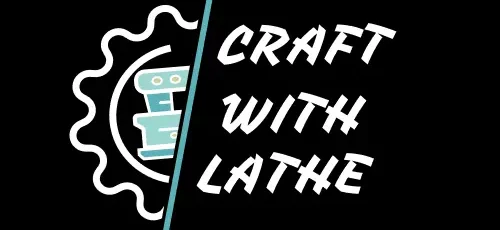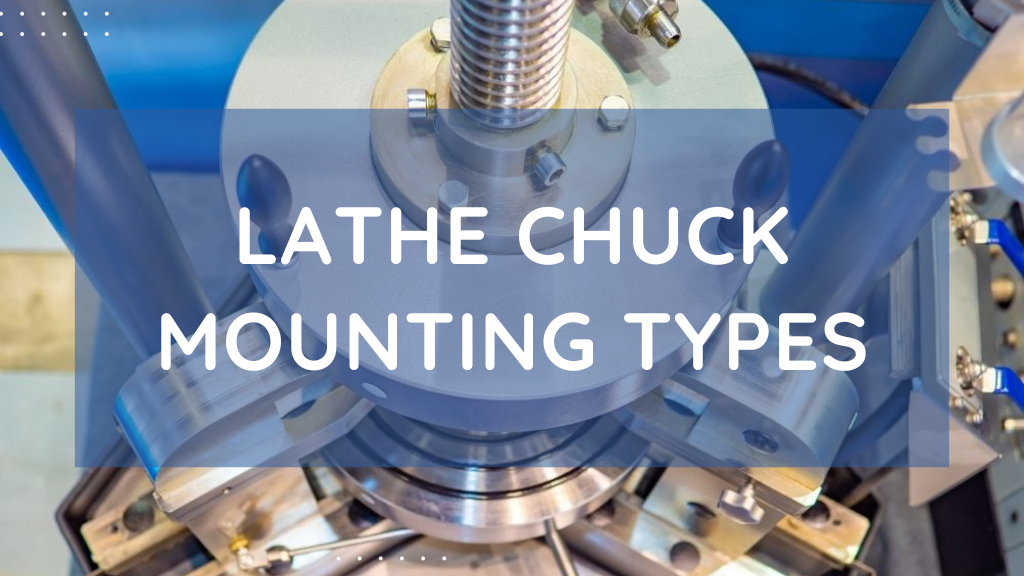Lathe chucks are pivotal components in the machining world, providing the necessary grip for turning operations on lathes. The type of chuck mounting plays a crucial role in the functionality, precision, and safety of lathe operations. This article explores the various lathe chuck mounting types, their advantages, considerations for selection, and maintenance tips to ensure optimal performance and longevity.
Understanding Lathe Chucks
A lathe chuck is a clamping device used to hold and rotate workpieces on a lathe. It enables precise machining of materials by securely fixing them during the turning process.
Types of Lathe Chucks
Here, we delve into the three primary types of lathe chucks: three-jaw (universal), four-jaw (independent), and six-jaw chucks:
Three-Jaw (Universal) Chucks
Three-jaw chucks, also known as universal chucks, are among the most commonly used types of lathe chucks. These chucks have three jaws that move simultaneously and symmetrically towards or away from the center when adjusted. This simultaneous movement allows for quick and easy setup, making them highly efficient for workpieces that are round or have regular shapes.
Four-Jaw (Independent) Chucks
Four-jaw chucks, or independent chucks, feature four jaws that move independently of each other. This design provides a high level of control over the positioning of each jaw, allowing for the precise centering of workpieces. Independent chucks are versatile and can hold irregularly shaped objects that three-jaw chucks cannot.
Six-Jaw Chucks
Six-jaw chucks are a less common variety, designed for specific applications that require the utmost in precision and minimal deformation of the workpiece. These chucks have six jaws that evenly distribute the clamping force around the workpiece, reducing the likelihood of distortion, especially on thin-walled or delicate parts.
Lathe Chuck Mounting Types
The way a lathe chuck is mounted to the lathe spindle greatly influences the ease of operation, precision of work, and overall efficiency of the machining process. There are two primary categories of chuck mounting methods: direct mounting and indirect mounting. Each category includes specific types that cater to different requirements and lathe configurations:
Direct Mounting
Direct mounting refers to methods where the chuck is attached directly to the lathe spindle, providing a secure and straightforward connection. This category includes threaded mounts and camlock mounts, each with its unique advantages.
Threaded Mount
Threaded mounts are one of the simplest and most traditional methods of attaching a chuck to a lathe. In this system, the chuck is screwed directly onto the spindle nose using a threaded connection. This method is particularly common in smaller lathes, where the simplicity and minimal setup time are advantageous.
Camlock Mount
Camlock mounts utilize a series of pins and locking cams to secure the chuck to the spindle. By engaging the cams, the chuck is quickly and firmly attached to the spindle, ensuring a robust connection that can withstand the rigours of heavy-duty machining.
Indirect Mounting
Indirect mounting involves additional components between the chuck and the spindle, allowing for greater flexibility and adaptability. This category includes backplate mounting and adapter mounting.
Backplate Mounting
In backplate mounting, a separate plate is first mounted onto the lathe spindle, and then the chuck is attached to this backplate. This method is particularly useful for custom setups or when the chuck does not directly fit the spindle.
Adapter Mounting
Adapter mounting uses an intermediary adapter or flange to connect the chuck to the lathe spindle. This method is beneficial when the chuck and spindle have incompatible mounting systems, providing a way to bridge the gap between different designs.
Advantages and Disadvantages of Lathe Chuck Mounting Types
Lathe chuck mounting is a critical aspect of lathe operation, affecting everything from the machine’s versatility to the precision and efficiency of the work produced. Both direct and indirect mounting methods come with their own set of advantages and disadvantages, influencing their suitability for different machining tasks and environments.
Direct Mounting Pros and Cons
Direct mounting is straightforward and robust but limits flexibility in terms of interchangeability and adjustment.
Indirect Mounting Pros and Cons
Indirect mounting offers greater versatility and adjustment options but may introduce additional setup time and the potential for inaccuracies if not properly installed.
Choosing the Right Mounting Type:
Selecting the correct lathe chuck mounting type is crucial for optimizing machining performance, ensuring workpiece precision, and enhancing operational efficiency. This decision should be informed by several key factors, including the lathe’s specifications, the nature of the work to be performed, precision requirements, and the need for quick changeovers. Below, we explore these factors in detail and provide recommendations for matching chuck mounting types with specific machining applications.
Factors to Consider
- Lathe Specifications: The size and type of lathe you are using (e.g., manual, CNC) will influence the compatible mounting types. Certain lathes may only support specific mounts due to spindle design or load capacity.
- Nature of the Work: The shape, size, and material of the workpieces you’re machining will dictate the level of precision and stability required. Heavier or irregularly shaped workpieces may require more robust mounting systems.
- Precision Requirements: High-precision tasks demand mounts that minimize vibration and ensure consistent accuracy. The mounting method can significantly impact the achievable precision level.
- Need for Quick Changeovers: In a production environment where time is of the essence, the ability to quickly change chucks without sacrificing stability or precision becomes paramount.
Recommendations for Various Applications
Here are few recommendations for various Applications:
- General Machining and Production Work:
- Direct Mounting (Three-jaw universal or camlock mounts)
- For standard round or symmetrical parts, these mounts offer a good balance of quick setup, reliability, and precision.
- High Precision and Fine Finishing:
- Six-jaw chuck with direct camlock mounting
- The six-jaw chuck evenly distributes force, minimizing deformation, while camlock mounts ensure quick changes without losing precision.
- Heavy-Duty Machining of Large or Irregular Workpieces:
- Four-jaw independent chuck with direct or indirect mounting (depending on lathe compatibility)
- The independent adjustment of each jaw allows for precise centering of irregular shapes, and the choice of direct or indirect mounting depends on the need for customization versus quick setup.
- Versatile Setup for Multiple Chuck Types:
- Indirect Mounting (Backplate or Adapter Mounting)
- When needing to switch frequently between different chuck types or accommodate special workpieces, indirect mounting offers the necessary flexibility and precision.
- Small Workpieces and Detailed Work:
- Direct Mounting with a three-jaw chuck or collet chuck
- For detailed work on small parts, a three-jaw chuck provides sufficient precision and ease of use, while a collet chuck might be preferred for the highest precision requirements.
Conclusion
Understanding the different lathe chuck mounting types and their respective advantages is essential for any machinist or hobbyist. By selecting the appropriate mounting method, adhering to safety guidelines during installation, and maintaining the chuck properly, users can achieve precise and efficient machining results.
FAQs
- What is the most versatile type of lathe chuck mounting?
The most versatile type is indirect mounting, such as backplate or adapter mounting, due to its adaptability to different chucks and work requirements.
- Can I switch between direct and indirect mounting methods?
Yes, switching is possible with the right equipment and adjustments, but compatibility and the specific needs of your machining tasks should be considered.
- How often should I inspect and maintain my lathe chuck?
Inspect and clean your chuck every time you change it, with thorough maintenance every three to six months, depending on usage intensity.




